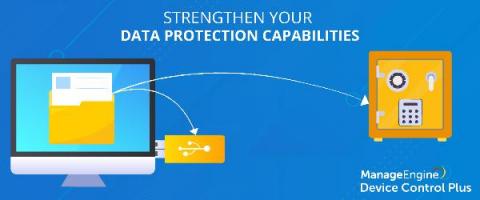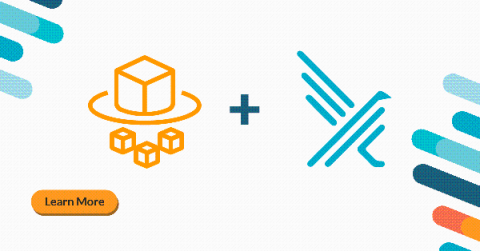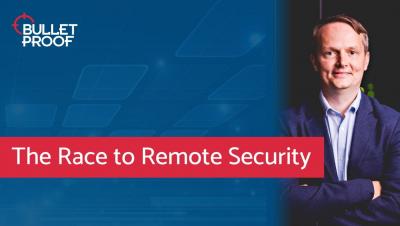Security | Threat Detection | Cyberattacks | DevSecOps | Compliance
%term
The Zero Trust Authorization Core
The Foundation of a Zero Trust Architecture (ZTA) talked about the guiding principles, or tenets of Zero Trust. One of the tenets mentions how all network flows are to be authenticated before being processed and access is determined by dynamic policy. A network that is intended to never trust, and to always verify all connections requires technology that can determine confidence and authorize connections and provide that future transactions remain valid.
File shadowing: The key to a swift recovery from USB and file-based attacks
USB devices are undeniably valuable, but they can be dangerous. On one hand, they are useful in transporting enterprise-critical data, but on the other, they can wreak havoc if misplaced, corrupted due to a human or hardware-related error, or stolen. It’s no wonder some companies forbid the use of USB devices altogether.
Falco Support on AWS Fargate
Today we’re very excited to announce a partnership with Amazon to support Fargate in Sysdig’s product line. We are also announcing that Falco, the world’s most popular runtime security tool for containers, will soon be able to work on Fargate. This is an important milestone. For the first time, Fargate users will enjoy the benefit of deep instrumentation. This will make their workloads more secure, reliable, and efficient.
What Security Leaders Should Consider When Building a Business Case for Integrity Monitoring
We all know there are a number of different security devices that need to be continually monitored because they represent attack vectors. That’s why understanding configuration management is critical to security hygiene. As practitioners, we need to adhere to CIS controls as they provide a critical baseline for maintaining our security framework and keeping up our integrity monitoring processes.
Auditing Cloud Administrator Behavior as a Matter of Data Breach Preparedness
New technologies often present interesting challenges for security teams, with cloud services such as AWS, Azure and GCP providing particularly novel cases in comparison to “classic” on-premise systems. As cloud services race to add new features that drive new customer interest and increase retention of existing clients, there is a very real risk of exposing new threat vectors to the business if even the most minor of misconfigurations occurs.
Working Anywhere With Egnyte: Productivity Guide
What’s the ideal state of a technology-driven, digital-first organization? Ultimately, it’s where everything you need (and need to do) is right at your fingertips regardless of your location or the tools you have at your disposal. When companies pursue digital transformation, they often do so with a few primary goals in mind, like security, simplicity and productivity.
Fraud Detection: WFH Leading to Increased BEC and Phishing Threats - What To Look For
A lot has changed in the past few weeks. And the percentage of us working from home (WFH) has increased tremendously. With increased WFH, we rely more on email communication, and this increases the opportunities for abuse by others. One thing that has stayed constant: bad people want to do bad things. As we have seen in the past, when one avenue of attack is restricted, the fraudsters redouble their efforts in other areas, and online fraud attempts are already increasing during our new normal.
Remote Working - Security Best Practices
April Open Source Security Vulnerabilities Snapshot
Oh what a difference a month makes! When we launched our new monthly open source vulnerabilities snapshot series last month, we didn’t imagine that the following post would be researched and written by an unexpectedly remote team.










